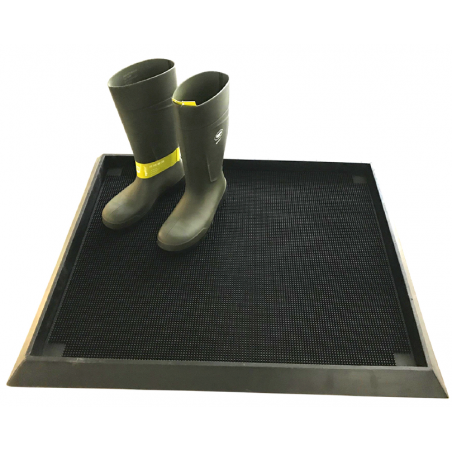After confirmation of ASF in Germany, several countries have already announced the closure of their borders to pig meat and pork products from this country. Among them are China, South Korea, Singapore, Japan or Argentina.
China is one of the most important markets for German pork and despite the immediate closure by the Chinese government, the German authorities continue to work with the objective that China limits the ban on pork meat and products from a specific area and not from the whole country.

As for Korea, pork imports have been banned since last Thursday. The government has reported that it will take appropriate measures according to the results for shipments that arrive in the country or that are already scheduled. In addition, the government announced that it will closely review and respond to the impact on national pork supply and demand due to the ban on the import of pork from Germany, taking into account that this represents 18% (77,818 tons) of the country's total pork imports.
Singapore also restricts imports, except for those pork products that meet the OIE guidelines for the inactivation of the ASF virus, which will not be subject to the restriction. To facilitate the approval of permits for the entry of these processed pork products, a certificate will be required stating that a) the meat has been subjected to a heat treatment for at least 30 minutes at a minimum temperature of 70 ° C throughout the meat or b) the meat has been subjected to an equivalent heat treatment that has been shown to inactivate the ASF virus or (c) the meat is salt-cured and dried for a minimum of 6 months.
Japan has temporarily suspended the importation of live pigs and pork products. In the case of live pigs, last year Japan did not import live animals from Germany and in 2018 only 6 animals of the 526. In relation to pork, last year Japanese imports of German pork amounted 40,240 tons ( out of 1,2027,758 tons in total).
National Agrifood Health and Quality Service (Senasa) of Argentina has also reported the ban on imports of pork meat and by-products and it analyzes what measure it will take regarding sales from the rest of Europe, so that health protocols can be guaranteed.
Another important effect on the economy is the impact on European prices. On the one hand, the German reference price, after repeating on Wednesday, price fell 20 cts in an extraordinary session after the ASF was declared, going from € 1.47 to € 1.27 / kg carcass. Other markets such as Denmark also lowered prices (from 10.80 to 10.30 DKK / kg).
In order to prevent any unnecessary disturbance to trade within the Union and to avoid unjustified barriers to trade by third countries, it is necessary to identify at Union level the infected area for African swine fever in Germany in collaboration with that Member State. COMMISSION IMPLEMENTING DECISION (EU) 2020/1270 of 11 September 2020 concerning certain interim protective measures relating to African swine fever in Germany
September 14, 2020/ 333 Staff.







